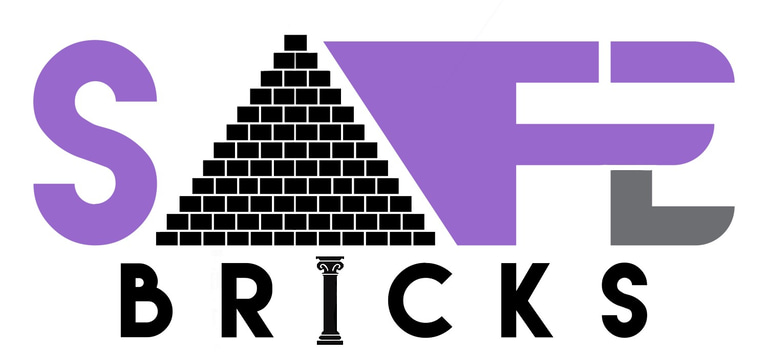Preventing Condensation in Converted Garages – Brighton & Hove Guide
Stop black mould, preserve bungaroosh walls and protect your new living space.
Why Garage Conversions Are Condensation Magnets
Garages start life as unheated boxes: the walls and slab are colder than the main house.
Brighton’s sea air carries high humidity that seeps into porous masonry.
Converted rooms often include showers, kettles, PC towers and treadmills—all moisture generators.
Bungaroosh walls and mineral-wool insulation can absorb water vapour if airflow is poor.
Without a moisture strategy, expect peeling paint and mildew within a single winter.
Moisture-Movement Basics
Warm air holds more water than cold air. When that air cools on a cold surface—an uninsulated lintel, a steel beam, the back of plasterboard—water condenses. The fix is simple in theory: raise surface temperature, lower indoor humidity or both.
Continuous Insulation – Kill Cold Spots Before They Form
Wrap steel goal-post legs in 10 mm aerogel or polyiso strips before boarding.
Return insulation 20 mm onto window and door frames; tape junctions with vapour-control tape.
Insulate reveals and dwarf walls at the same depth as main stud cavities—skipping them creates cold “picture frames”.
Airtightness Without Suffocation
Staple a continuous vapour-control layer to studs; tape every joint, pipe and cable.
Seal service penetrations with butyl grommets; bungaroosh dust can fall, so clean surfaces first.
Fit airtight access hatches for stopcocks or meters; draughty timber lids defeat the membrane.
Choosing the Right Ventilation Strategy
Passive trickle vents
Low cost and silent but rely on wind pressure.
Install 5 000 mm² equivalent area as a bare minimum.
Continuously running extract fans
Humidity sensor ramps speed when RH rises above 60 %.
Place outlet ducts on the leeward side to minimise salty air intake.
MVHR (Mechanical Ventilation with Heat Recovery)
Supplies fresh air at room temperature—good for home offices and guest suites.
Expect 75 % heat-recovery efficiency; filters need cleaning twice a year.
Bathroom & Gym Add-Ons – Extra Moisture Loads
Use a 15 L·s⁻¹ intermittent fan with run-on timer or an 8 L·s⁻¹ continuous fan in compact shower rooms.
Specify IPX4-rated fittings; salty coastal air corrodes budget fans fast.
Fit a tiled upstand behind baths and showers; silicone alone won’t protect lime plaster.
Breathable Finishes for Bungaroosh Walls
Base coat: 25 mm hot-lime render.
Insulation: 40 mm wood-fibre boards bedded in lime adhesive.
Finish: 5 mm lime skim and mineral paint—never vinyl silk emulsion.
These layers allow vapour to pass outwards, preventing internal dew-point condensation.
Smart Monitoring – Catch Problems Early
Install a combined temperature/RH sensor and Wi-Fi hub; set alerts at 65 % RH.
Use data to tweak MVHR rates or dehumidifier settings after showers or gym sessions.
Visual checks: look for “ghosting” (dark outlines on studs) or bubbling paint—early warnings of hidden damp.
Quick Rescue Steps if Condensation Appears
Wipe surfaces with a fungicidal cloth; do not bleach bungaroosh—it drives spores deeper.
Boost ventilation to high for 48 h and run a 20 L/day dehumidifier.
Test surface moisture; if readings stay high, check insulation gapping or cold bridges at the steel frame.
Linked Resources in the Garage-Conversion Series
USE THE FORM BELOW TO GET YOUR FREE QUOTE TODAY!
Safe-Bricks Limited © 2025. All rights reserved.




